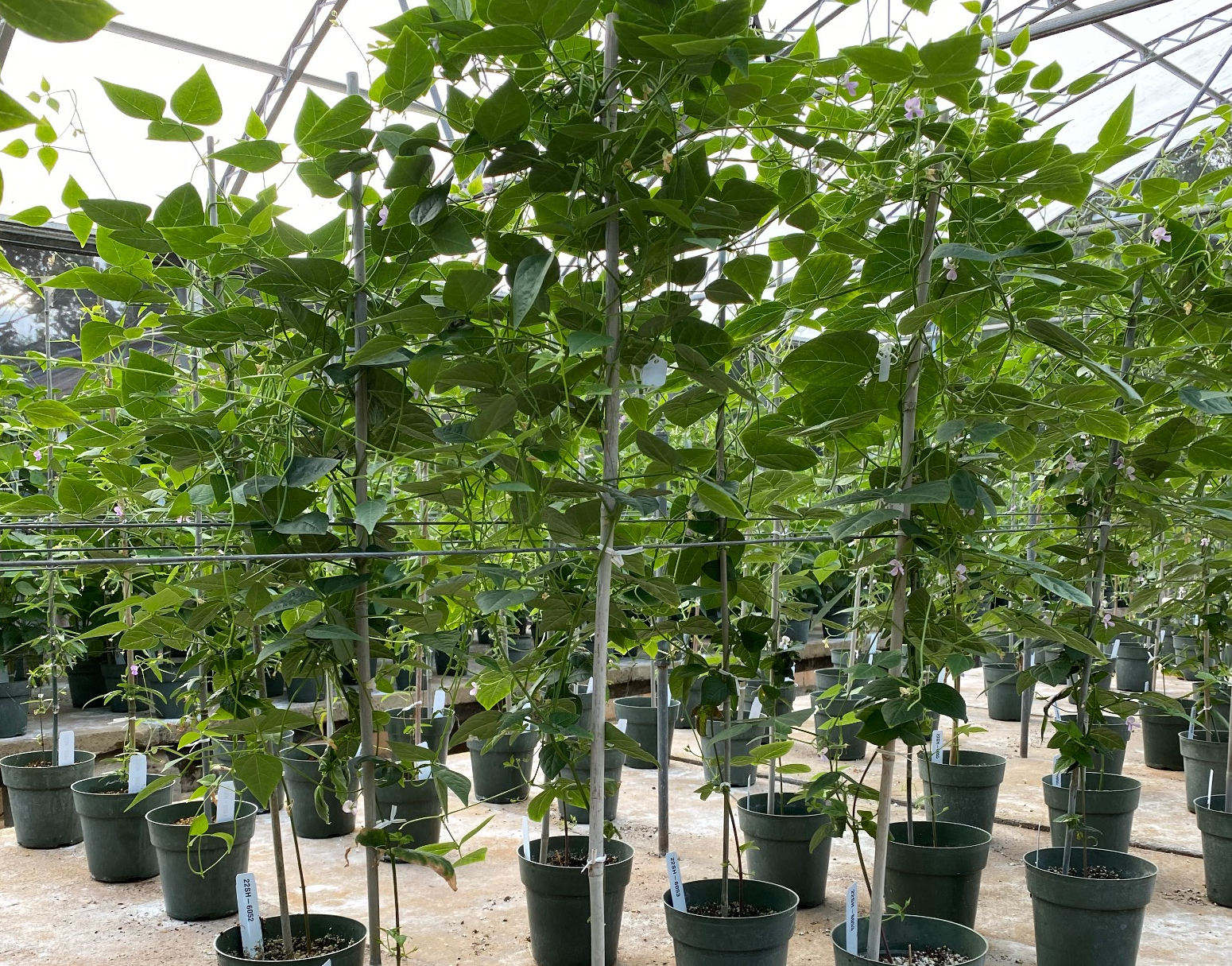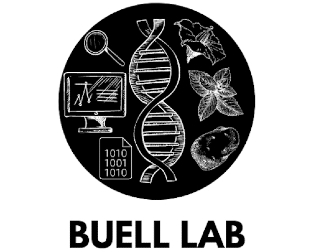Genome-enabled breeding across Phaseolus species

Phaseolus vulgaris, common or dry bean, is the most widely cultivated dry seed legume. Its sister species, tepary bean (Phaseolus acutifolius), which is native to the Sonoran desert, diverged 2.1 MYA from common bean and is also cultivated. Common bean is susceptible to several diseases for which resistance is present in tepary bean. While tepary bean is an alternative climate-resilient food legume, its growth habit, seed size, disease resistance, and mechanization potential are suboptimal for adoption by growers. Tepary and common bean can be interbred using recently developed bridging genotypes. Numerous loci governing important agronomic traits (determinancy, seed size, disease resistance) have been identified in common and tepary bean. In this project, we will transform common and tepary bean breeding by exploiting their close evolutionary relationship with the development of a computational genomics framework that permits rapid interspecific trait discovery and subsequent introgression using bridging genotypes. Disease resistance (e.g., Bean common mosaic virus, powdery mildew), seed size, pod quality, and growth habit from common bean will be introgressed into tepary bean whereas resistance to bacterial blight, rust, bruchids and leafhoppers will be introgressed into common bean from tepary bean. This project is a partnership with University of Puerto Rico-Mayagüez, a Hispanic-serving institution, with a successful breeding program that will enable cross-training of a diverse workforce in multiple disciplines relevant to 21st century agriculture
Project Participants
Contact
Robin.Buell@uga.eduFunding
- This project is funded by the United States Department of Agriculture (USDA) National Institute of Food and Agriculture (NIFA)
- Award number 2022-67013-37119
